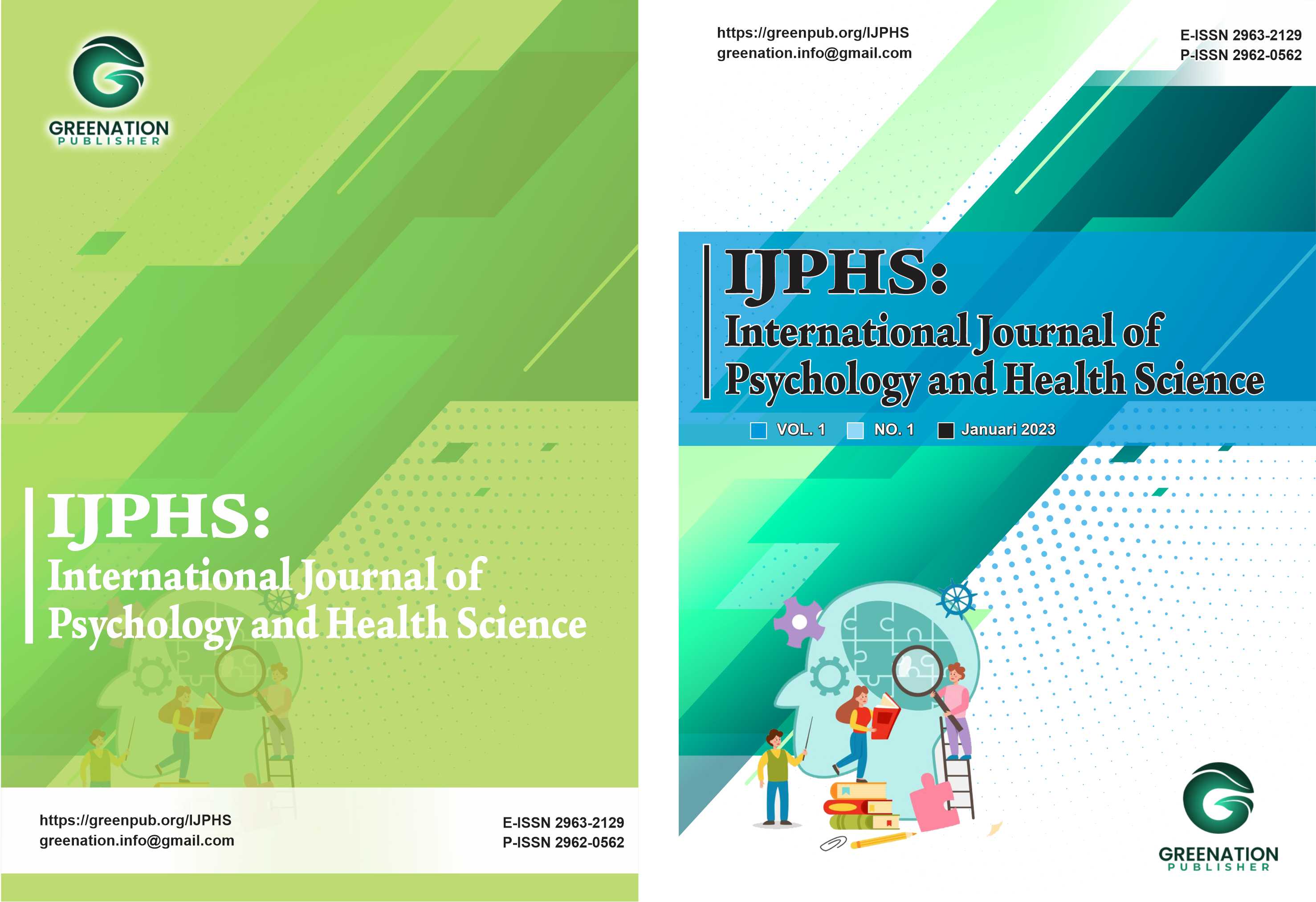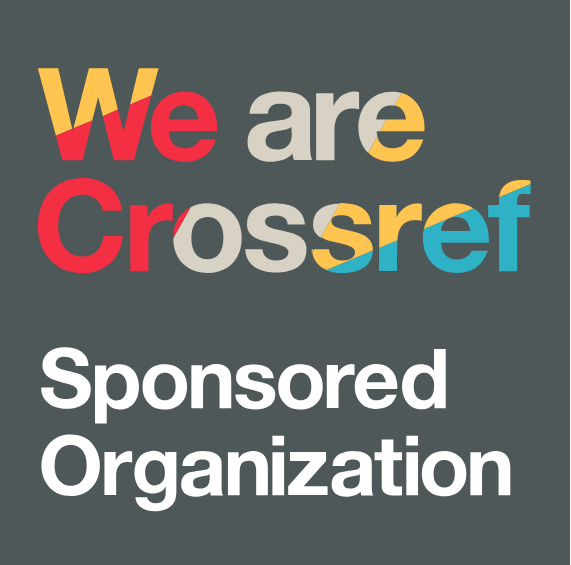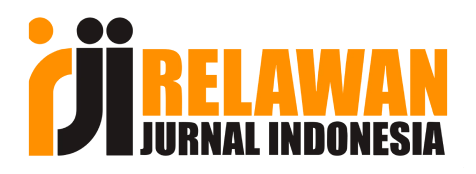Factors Associated with Blood Pressure Control Among Hypertensive Patients Enrolled in the National Health Insurance Program at an Affiliated Clinic
DOI:
https://doi.org/10.38035/ijphs.v3i2.1059Keywords:
Hypertension, Blood Pressure, Physical Activity, National Health Insurance, Prolanis (Chronic Disease Management Program)Abstract
Hypertension is a major risk factor for cardiovascular disease and remains a persistent challenge in health systems, including in Indonesia. The Chronic Disease Management Program (Prolanis) under the National Health Insurance scheme (Jaminan Kesehatan Nasional, JKN) aims to improve the control of chronic diseases. However, the achievement of blood pressure control indicators at a clinic affiliated with JKN remains suboptimal. This study aimed to identify factors associated with blood pressure control among hypertensive patients enrolled in the JKN program. A cross-sectional quantitative design was applied to 120 hypertensive patients selected through quota sampling. Data were collected using standardized questionnaires (IPAQ, PSS-10, MMAS-8, and MSPSS) and analyzed using Chi-Square tests and multiple logistic regression. Results showed that 50.8% of respondents had controlled blood pressure. Among all variables examined, only physical activity was statistically associated with blood pressure control (p = 0.020; OR = 9.5; 95% CI: 1.74–51.53; p = 0.009). These findings highlight the importance of strengthening promotive and preventive approaches—particularly through structured physical activity and health education—as part of the Prolanis service to support sustainable blood pressure control.
References
A R Siyad (2011) “Hypertension,” Hygeia: Journal for drug and medicine, 3(1), hal. 1–16. Available at: www.hygeiajournal.com.
Adrogué, H. J. dan Madias, N. E. (2017) “Sodium and potassium in the pathogenesis of hypertension: Focus on the brain,” Current Opinion in Nephrology and Hypertension, 26(2), hal. 106–113. doi: 10.1097/MNH.0000000000000301.
Astuti, Y. (2021) Faktor Yang Berhubungan Dengan Kejadian Hipertensi Tidak Terkontrol Pada Pasien Prolanis Di Kota Semarang. Universitas Negeri Semarang.
Badan Kebijakan Pembangunan Kesehatan (2023) “Prevalensi, Dampak, serta Upaya Pengendalian Hipertensi & Diabetes di Indonesia,” Kementerian Kesehatan, hal. 1–2. Available at: https://drive.google.com/file/d/1RGiLjySxNy4gvJLWG1gPTXs7QQRnkS--/view.
Burnier, M. dan Egan, B. M. (2019) “Adherence in Hypertension: A Review of Prevalence, Risk Factors, Impact, and Management,” Circulation Research, 124(7), hal. 1124–1140. doi: 10.1161/CIRCRESAHA.118.313220.
Chacko, S. dan Jeemon, P. (2020) “Role of family support and self-care practices in blood pressure control in individuals with hypertension?: results from a cross-sectional study in Kollam District , Kerala [ version 1?; peer review?: 2 approved ],” Medical Sciences and Technology, hal. 1–15. Available at: https://doi.org/10.12688/wellcomeopenres.16146.1.
Cornelissen, V. A. dan Smart, N. A. (2013) “Exercise training for blood pressure: a systematic review and meta-analysis.,” Journal of the American Heart Association, 2(1), hal. 1–9. doi: 10.1161/JAHA.112.004473.
Cutler, D. M. dan Lleras-Muney, A. (2010) “Understanding differences in health behaviors by education,” Journal of Health Economics, 29(1), hal. 1–28. doi: https://doi.org/10.1016/j.jhealeco.2009.10.003.
Darussalam, M. dan Warseno, A. (2019) “Faktor Yang Berhubungan dengan Pasien Hipertensi Tidak Terkontrol Di Puskesmas,” Jurnal Keperawatan Klinis dan Komunitas, 1(2), hal. 72. doi: 10.22146/jkkk.49111.
Hall, J. E. dan Hall, M. E. (2021) Guyton and Hall Text Book of Medical Physiology. 14th ed. Elsevier.
Hendriyanto (2021) Keterkaitan Program Pengendalian Penyakit Kronis (Prolanis) Dan Posbindu Penyakit Tidak Menular (PTM) Terhadap Hipertensi Terkontrol Di Provinsi Jambi. Universitas Indonesia. Available at: https://lib.fkm.ui.ac.id/detail?id=134812&lokasi=lokal.
Kaplan, N., Victor, R. dan Flynn, J. (2010a) “Hypertension in the Population at Large,” In: Kaplan NM, Victor RG, Flynn JT, editors. Kaplan’s Clinical Hypertension 10th Edition. 10th Edition ed. Dallas: Lippincott Williams & Wilkins.
Kaplan, N., Victor, R. dan Flynn, J. (2010b) “Primary Hypertension: Pathogenesis,” In: Kaplan NM, Victor RG, Flynn JT, editors. Kaplan’s Clinical Hypertension. tenth edition ed. Dallas: Lippincott Williams & Wilkins, hal. 42–99.
Kautsar, A. (2024) “Beban BPJS Kesehatan untuk Penyakit Akibat Hipertensi Tembus Rp 22 Triliun,” detikHealth. Available at: https://health.detik.com/berita-detikhealth/d-7365603/beban-bpjs-kesehatan-untuk-penyakit-akibat-hipertensi-tembus-rp-22-triliun.
Kementerian Kesehatan RI (2023) Hasil Utama SKI 2023, Kemenkes RI. Available at: https://www.badankebijakan.kemkes.go.id/daftar-frequently-asked-question-seputar-hasil-utama-ski-2023/hasil-utama-ski-2023/ (Diakses: 23 September 2024).
Kim, H. L. (2023) “Arterial stiffness and hypertension,” Clinical Hypertension, 29(1), hal. 1–9. doi: 10.1186/s40885-023-00258-1.
Kusumah, W. N. T. (2024) Hubungan Stres dan Faktor Lainnya dengan Pengendalian Tekanan Darah pada Pasien Hipertensi di Wilayah Kerja Puskesmas Kemiri Muka Kota Depok Tahun 2023. Universitas Indonesia.
Landsbergis, P. A. et al. (2013) “Job strain and ambulatory blood pressure: A meta-analysis and systematic review,” American Journal of Public Health, 103(3), hal. 61–71. doi: 10.2105/AJPH.2012.301153.
Light, K., Oparil, S. dan Weber, M. (2005) “Environmental and Psychosocial Stress in Hypertension Onset and Progression,” Hypertension: Companion to Brenner & Rector’s The Kidney 2nd ed, hal. 77–88.
Lubis, S. P. S., Siregar, H. D. dan Simanjuntak, E. (2022) “Analisis Hipertensi Tidak Terkontrol Di UPT Puskesmas Teladan Kota Medan Tahun 2021,” Jurnal Ilmiah Keperawatan IMELDA, 8(2), hal. 165–172. doi: 10.52943/jikeperawatan.v8i2.1084.
Machsus, A. L. et al. (2020) “Pengobatan Hipertensi Dengan Memperbaiki Pola Hidup Dalam Upaya Pencegahan Meningkatnya Tekanan Darah,” Journal of Science Technology and Enterpreneurship, 2(2), hal. 51–56.
Maulidina, F., Harmani, N. dan Suraya, I. (2019) “Faktor-Faktor yang Berhubungan dengan Kejadian Hipertensi di Wilayah Kerja Puskesmas Jati Luhur Bekasi Tahun 2018,” ARKESMAS (Arsip Kesehatan Masyarakat), 4(1), hal. 149–155. doi: 10.22236/arkesmas.v4i1.3141.
Monfared, V. et al. (2024) “The effect of physical activity intervention on blood pressure in 18 low and middle-income countries: a systematic review and meta-analysis of randomized controlled trials,” Clinical Hypertension, 30(1). doi: 10.1186/s40885-024-00281-w.
National Heart, Lung, and B. I. (2024) What Is High Blood Pressure? Available at: https://www.nhlbi.nih.gov/health/high-blood-pressure#:~:text=A healthy systolic blood pressure,80 mm Hg or higher. (Diakses: 29 Agustus 2024).
Notoatmodjo, S. (2014) Metodologi Penelitian Kesehatan. Ed. Rev. Jakarta: Rineka Cipta.
Priyono, N. N. P., Ardiyansyah, M. F. D. dan Naryati (2022) “Faktor-Faktor Yang Mempengaruhi Pengontrolan Tekanan Darah Pada Penderita Hipertensi,” Indonesia Journal Of Nursing Scienceand Practice, hal. 47–50.
Reckelhoff, J. F. (2001) “Gender differences in the regulation of blood pressure,” Hypertension, 37(5), hal. 1199–1208. doi: 10.1161/01.HYP.37.5.1199.
Sandberg, K. dan Ji, H. (2012) “Sex differences in primary hypertension,” Biology of Sex Differences, 3(1), hal. 7. doi: 10.1186/2042-6410-3-7.
Schwartz, G. L. dan Sheps, S. G. (1999) “A review of the Sixth Report of the Joint National Committee on Prevention, Detection, Evaluation, and Treatment of High Blood Pressure,” Current Opinion in Cardiology, 14(2), hal. 161–168. doi: 10.1097/00001573-199903000-00014.
Sliwa, K., Stewart, S. dan Gersh, B. J. (2011) “Hypertension: A global perspective,” Circulation, 123(24), hal. 2892–2896. doi: 10.1161/CIRCULATIONAHA.110.992362.
Song, J.-J. et al. (2020) “Gender Differences in Hypertension,” J Cardiovasc Transl Res. doi: 10.1007/s12265-019-09888-z.
Sutters, M. (2011) “Systemic Hypertension,” In: Mcphee, S.J. and Papadakis, M.A., Eds., Current Medical Diagnosis and Treatment, McGraw Hill, New York, hal. 376–403.
Whelton, P. K. et al. (2018) “2017 ACC/AHA/AAPA/ABC/ACPM/AGS/APhA/ASH/ASPC/NMA/PCNA Guideline for the Prevention, Detection, Evaluation, and Management of High Blood Pressure in Adults: A Report of the American College of Cardiology/American Heart Association Task Force on Clinical Pr,” Journal of the American College of Cardiology, 71(19), hal. e127–e248. doi: 10.1016/j.jacc.2017.11.006.
World Health Organization (2023) Hypertension. Available at: https://www.who.int/news-room/fact-sheets/detail/hypertension (Diakses: 8 April 2024).
World Health Organization (WHO) (2023) Global report on hypertension.
Downloads
Published
Issue
Section
License
Copyright (c) 2025 Sona Setiawan, Pujiyanto

This work is licensed under a Creative Commons Attribution 4.0 International License.
Authors who publish their manuscripts in this journal agree to the following conditions:
- The copyright on each article belongs to the author(s).
- The author acknowledges that the International Journal of Psycology and Healt Science (IJPHS) has the right to be the first to publish with a Creative Commons Attribution 4.0 International license (Attribution 4.0 International (CC BY 4.0).
- Authors can submit articles separately, arrange for the non-exclusive distribution of manuscripts that have been published in this journal into other versions (e.g., sent to the author's institutional repository, publication into books, etc.), by acknowledging that the manuscript has been published for the first time in the IJPHS.






















